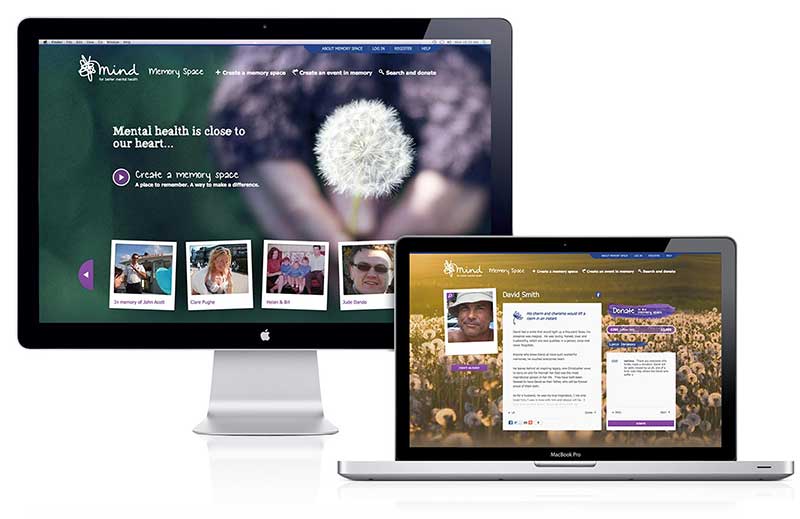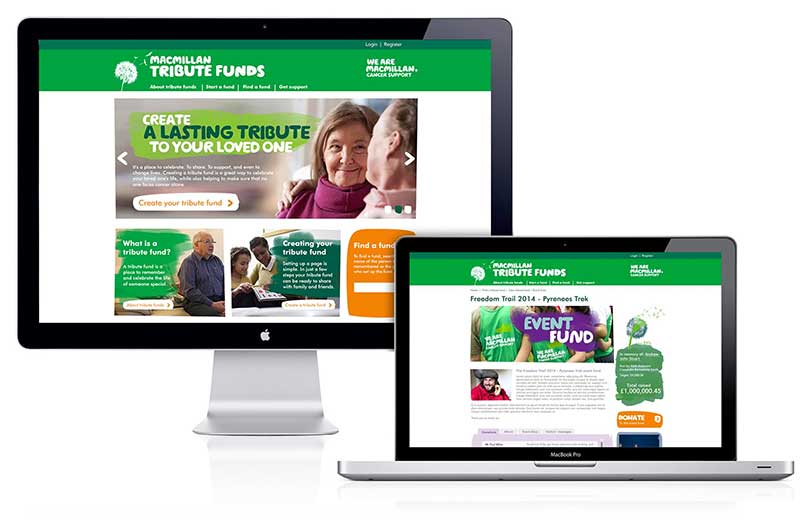The future is In Memory online
In memoriam donations used to be the “Cinderella” of fundraising, lumped in with miscellaneous donations or the poor sister to legacies. However, recent research and analysis has established a clear connection between tribute funds and legacies (Legacy Foresight Group).
Many tribute funds start off as a simple enquiry to the charity about donations In Memory of a loved one. According to JustGiving in 2014 in memory fundraising had grown 141% since 2010.
The connection between in mem and legacies is obviously strengthened where the charity can engage with the supporter throughout their lifetime. Although there are a number of generic options on the market which are well tried and tested, there are advantages of a bespoke website. The most significant is the charity owns the data rather than the third party. This could mean a valuable and cost effective way of recruiting new donors to the charity.
Advertisement
The design will be tailor-made, so the donor experience is going to be more consistent and totally appropriate to the brand.
We have seen tribute funds will have about 10-12 donors but the average donation is relatively high at £60-70 per donor. So the fund provides valuable new donors to be cultivated. Larger charities have built bases of 400+ funds and 4,000+ donors per year as a result of in mem giving.
An alternative channel to recruit new donors?
There is no doubt that targeting and recruiting new donors is becoming harder and more expensive. Specific channels like rented charity lists have disappeared, consent is becoming more challenging and communication with prospects is generally under the spotlight of the media. So making the most of every touchpoint and fundraising product is increasingly important and In Mem giving provides a cost effective way to recruit new donors.
The top four causes receiving in mem donations are all health related: research, care, other health and hospitals.
In a survey for JustGiving, 98% of donors said they would support the charity again and 71% said that Facebook was the main way they shared their page.
Evidence from one client suggests that all income lines have increased since their tribute site went live. It isn’t the case that donations on the site are just donations people would have made in other ways anyway eg via the main website. Examples of some websites we have built can be found here:


So, in short, an In mem site provides the following benefits:
• Gateway to other donations, including legacies
• A new audience to the charity
• Ownership of the data and the donor experience if using a bespoke site
“Build it and they will come?”
Having built the website, the work begins to promote it both on and offline, making sure finding the site is straightforward and that the name and address are easy to remember and share. Most charities have plenty of opportunities in-house to promote this way of giving from newsletters to inserts in thank you letters. The challenge is to make sure the messaging does not dilute primary financial asks. Like legacies, a drip feed strategy needs to be in place.
Gail Cookson is Fundraising Director at WPN Chameleon. The company’s team of 55 people operates across all areas of digital, direct marketing and DRTV, working with a wide range of charities and commercial organisations.



